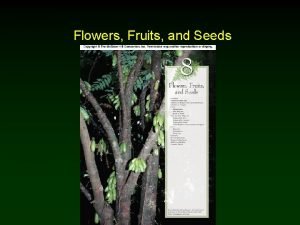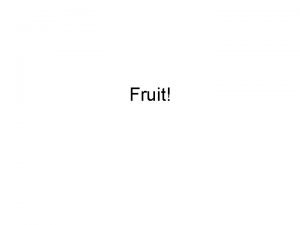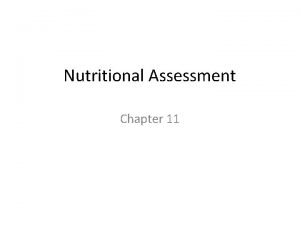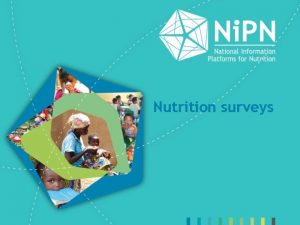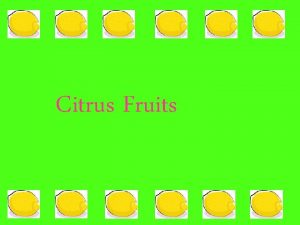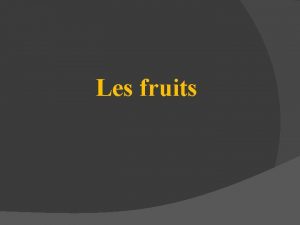Fruits Nutritional Value of Fruits n Most fruits











- Slides: 11

Fruits

Nutritional Value of Fruits n Most fruits are high in vitamins and low in fat (except avocados). n Fruits provide fiber and are the best source of dietary Vitamin C. n The citrus fruits are one of the best sources of Vitamin C.

Selecting Fresh Fruits n Ripe fruits are those that have reached top eating quality. Test for ripeness by pressing it gently to see if it gives slightly. n Underripe Fruits are fruits that have reached full size, but have not reached peak eating quality. n Immature fruits have not reached full size. They will not improve in quality.

Tips for Buying Fresh Fruit n Fruits that are in season are less expensive. n Buy just what you can use in a short time. n Avoid bruised, soft, damaged, or immature fruits.

Storing Fresh Fruit n Handle carefully to prevent bruising. n Let underripe fruits ripen at room temperature. n Use berries, melons, grapes and fruits with pits as soon as possible. n You can store apples, pears, and citrus fruits longer, but they will lose quality after prolonged storage. n You can refrigerate bananas for a short time after they have ripened. The cold temperature will darken the skin.

Preparing Raw Fruits n Wash fruits carefully under cool running water. Never let fruits soak. n Serve raw fruits whole or sliced. n Some fruits darken when exposed to air. This is called enzymatic browning. n Dipping fruits in lemon, orange, grapefruit, or pineapple juice will make them look more appealing. n Use a sharp, thin-bladed knife when peeling raw fruit. n Peel as thinly as possible to preserve nutrients.

Poaching Fruit n Poaching or stewing is the cooking of fruit in enough simmering liquid to cover it. n The goal is to retain the shape of the fruit as it cooks. n Fruits that can be poached include plums, berries, apples and pears. n Cooking the fruit in sugar syrup will help it retain its shape.

Baking Fruit n You can bake apples, pears, and bananas. Baked fruits should be tender, but they should keep their shape. n If you bake fruit in the skin, you will not need to cover the pan. n If you peel the fruit, you will need to cover the dish.

Broiling Fruit n Bananas, grapefruit halves, and pineapple slices are often broiled. n Sprinkle with brown sugar or drizzle with honey before broiling.

Frying Fruits n You can fry some fruits in a small amount of fat in a skillet. This is also called saute ing. n You can also dip fruits into a batter and deepfat fry them. These are also called fritters.

Grilling n Grilling fruit is the best way to keep nutritional value n Example: Grilled Pineapple
 Dicot fruits
Dicot fruits Contoh value creation adalah
Contoh value creation adalah High value fruits
High value fruits Most nutritous fruits
Most nutritous fruits Functia energetica a alimentelor
Functia energetica a alimentelor Nonvascular plants phylum name
Nonvascular plants phylum name As nutritional energy passes through the food chain it is
As nutritional energy passes through the food chain it is Abcd of nutritional assessment
Abcd of nutritional assessment Nutritional status assessment
Nutritional status assessment Advantages and disadvantages of nutritional epidemiology
Advantages and disadvantages of nutritional epidemiology Nutritional status assessment
Nutritional status assessment Nutrition survey definition
Nutrition survey definition
